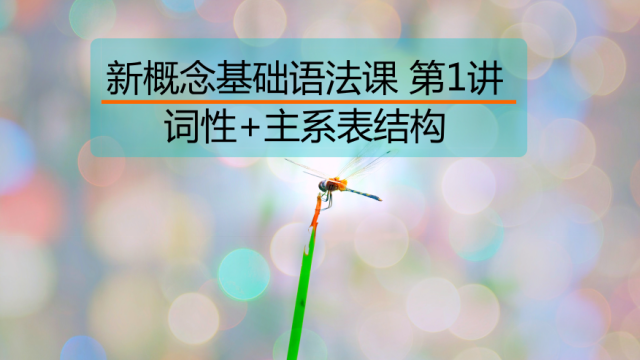问句形式&主语/宾语疑问句
作者:沪江英语
来源:British Council
2017-06-25 22:57
Review of question forms问题形式回顾
Yes/No questions一般疑问句
• Is he a teacher? Yes he is.
• Can you swim? No, I can’t.
• Have they got a car? Yes they have.
To form yes/no questions where there is an auxiliary verb or a modal verb, we invert the word order of a positive sentence. (He is a teacher > Is he a teacher?)
要形成一个带助动词或者情态动词的一般疑问句,我们把肯定句的动词位置反转过来就可以,如He is a teacher 变成Is he a teacher?
• Do you eat fish? No I don’t.• Does she know you. Yes she does.
When there is no auxiliary verb we use ‘do’ to form the question.
当句子里没有助动词,我们用do来形成问句。
With question words带疑问词的问句
The same rules apply when there is a question word (‘what’, ‘where’, ‘when’, ‘why’, ‘who’, ‘which’, ‘how’, ‘how much’, ‘how many’)
当句子里有带疑问词(‘what’, ‘where’, ‘when’, ‘why’, ‘who’, ‘which’, ‘how’, ‘how much’, ‘how many’)的时候,道理是一样的。
• Where is the hotel?• What can you smell?
• Who has just arrived?
Where there is an auxiliary or modal verb, that verb is used to form the question.
当句子有助动词或者情态动词,该动词用于形成问句。
• How did you get here?• When do your parents get back?
• How much does it cost?
Where there is no auxiliary verb, we use do.
当句子里没有助动词,我们用do。
Subject/Object questions主语疑问句
Sometimes you might see questions like this.
有时候你会看到这样的问句。
• Who broke the window?• What happened next?
• Who told you that?
There is no auxiliary verb and the word order is not inverted.
里面并没有助动词,而单词的位置也没有被反转。
These are called subject questions – because the question word is the subject of the sentence.
这叫做主语疑问句,因为疑问词是该句子的主语。
Look at these two questions.
看下如下两个问题。
• Who does Romeo love? Romeo loves Juliet.• Who loves Romeo? Juliet loves Romeo.
In the first question, Romeo is the subject of the verb. In the second question ‘who’ is the subject and Romeo is the object.
在第一个句子里,Romeo是动词的主语。在第二个句子里,who是主语,而Romeo是宾语。
- 相关热点:
- 英国文化教育协会:语法和词汇
- 情态动词的用法











